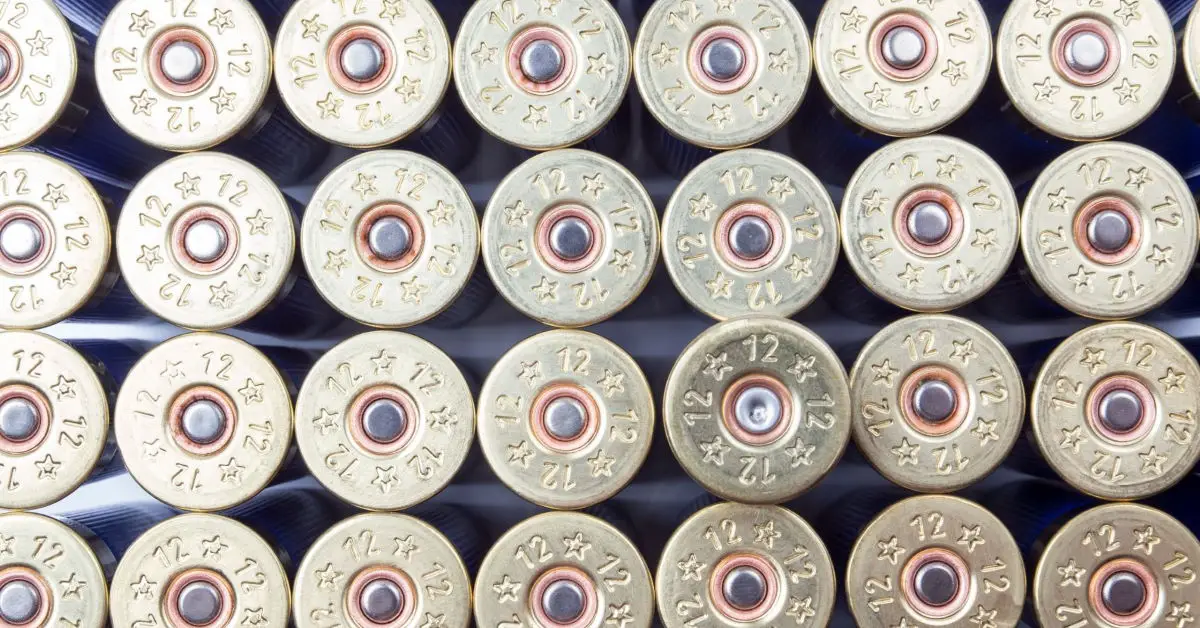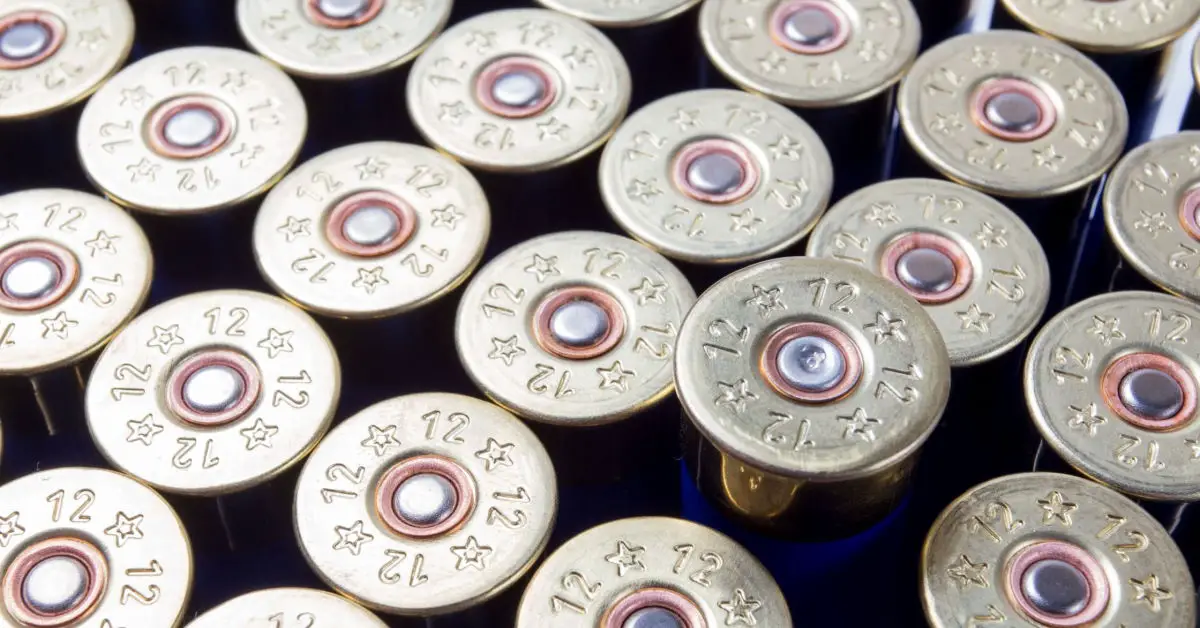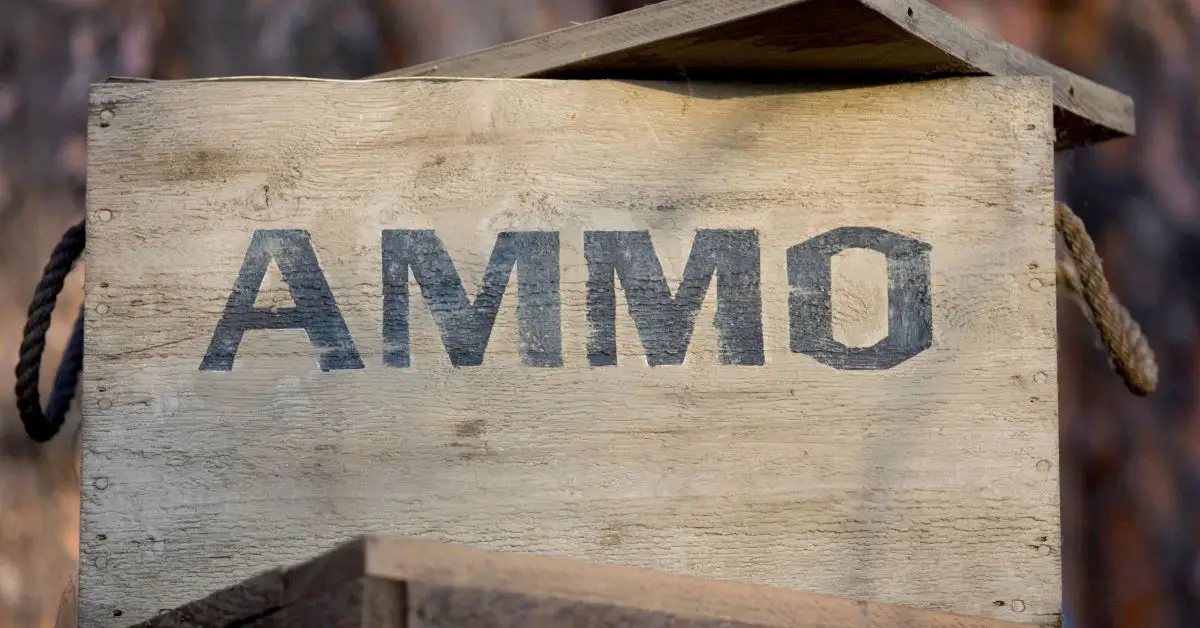Ammo maintenance is an essential part of owning firearms, whether you are a seasoned shooter or a beginner. The condition of your ammunition can greatly affect your shooting performance and safety. With proper maintenance, you can minimize misfires and other issues that can impact your overall experience.
In this blog post, we will provide a detailed overview of the art of ammo maintenance. We will cover different factors that affect ammo performance, common issues with ammunition, and best practices for maintaining your ammunition.
Factors that Affect Ammo Performance
Several factors can impact the performance of your ammunition. Here are some of the key factors to consider:
Storage
Proper storage is critical to maintaining the quality of your ammunition. Exposure to moisture, extreme temperatures, and sunlight can all affect the performance of your ammo.
Age
Old ammunition can deteriorate over time, leading to poor performance and safety issues. As a general rule, it is recommended that you use ammo within 10 years of purchase.
Handling
The way you handle your ammunition can also impact its performance. Dropping or mishandling ammo can cause damage that can prevent it from firing correctly.
Common Issues with Ammunition Even with proper storage and handling, it is common for ammunition to experience issues over time. Here are some of the most common issues that can arise:
Misfires
When a round fails to fire, this is known as a misfire. This can be caused by many reasons, including improper storage, age, or poor manufacturing.
Hangfires
A hangfire occurs when there is a delay between the trigger pull and the round firing. This can be a serious safety issue and should be addressed immediately.
Squib Loads
A squib load occurs when a bullet becomes lodged in the barrel, preventing the next round from firing. This can cause severe damage to your firearm and is a safety hazard.
Best Practices for Ammo Maintenance
Here are some best practices for maintaining your ammunition:
- Store your ammo in a cool, dry place away from sunlight.
- Check your ammo for signs of damage or corrosion before using it.
- Use ammunition within 10 years of purchase.
- Handle your ammunition carefully to avoid damage.
- Keep your ammunition away from sources of heat and flame.
Conclusion
Maintaining your ammunition is an important part of firearm ownership. By understanding the factors that impact ammo performance, the common issues that can arise, and the best practices for maintaining ammo, you can ensure your safety and overall shooting experience. Remember to always handle your ammunition with care and keep it stored in a cool, dry place. Happy shooting!




